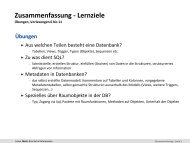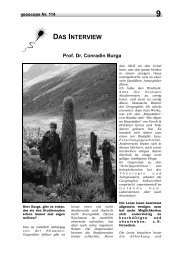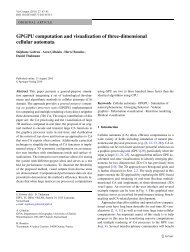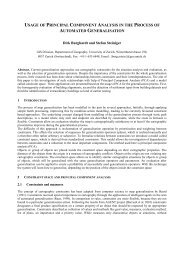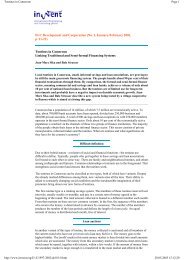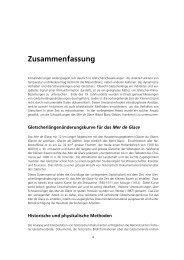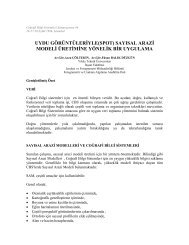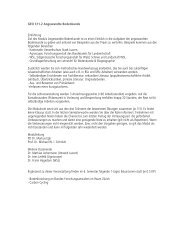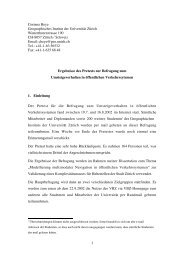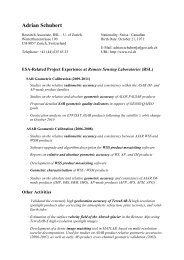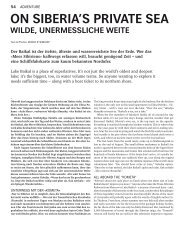KYRGYZSTAN TODAY Policy briefs on - Department of Geography
KYRGYZSTAN TODAY Policy briefs on - Department of Geography
KYRGYZSTAN TODAY Policy briefs on - Department of Geography
You also want an ePaper? Increase the reach of your titles
YUMPU automatically turns print PDFs into web optimized ePapers that Google loves.
By having good knowledge and understanding <strong>of</strong> key elements <strong>of</strong> public policy,<br />
n<strong>on</strong>-governmental organizati<strong>on</strong>s can improve the productivity <strong>of</strong> their participati<strong>on</strong> in<br />
public decisi<strong>on</strong>-making.<br />
Now let us examine the nature <strong>of</strong> the decisi<strong>on</strong>-making process.<br />
The <str<strong>on</strong>g>Policy</str<strong>on</strong>g> Cycle<br />
There are many approaches to decisi<strong>on</strong>-making, and they are determined by the<br />
purpose and the subject matter <strong>of</strong> a public policy. A comm<strong>on</strong>ly recognized model is<br />
called the policy cycle (see illustrati<strong>on</strong> below) 1 .<br />
The <str<strong>on</strong>g>Policy</str<strong>on</strong>g> Cycle<br />
The policy cycle has both strengths and weaknesses. Its strength lies in the ability<br />
to set the directi<strong>on</strong> for public policy-making; a weakness stems from the cycle’s lack<br />
<strong>of</strong> flexibility. In other words, the model never describes the set <strong>of</strong> acti<strong>on</strong>s needed in a<br />
particular situati<strong>on</strong>. This means that no <strong>on</strong>e set <strong>of</strong> instruments can be used to elaborate<br />
different stages <strong>of</strong> the policy cycle. The model merely gives the directi<strong>on</strong> in which<br />
some<strong>on</strong>e wants to move.<br />
In additi<strong>on</strong>, the nature <strong>of</strong> the decisi<strong>on</strong>-making process is such that each <strong>of</strong> the six<br />
stages has a bearing <strong>on</strong> the stages that precede and follow it. For example, the third<br />
stage – decisi<strong>on</strong>-making– may call for an elaborati<strong>on</strong> or development <strong>of</strong> additi<strong>on</strong>al<br />
policies under the sec<strong>on</strong>d stage, formulating the policy. Therefore, simply ending <strong>on</strong>e<br />
stage does not mean that the stage is completed. The weakness <strong>of</strong> this model is that there<br />
is no single opini<strong>on</strong> about how l<strong>on</strong>g each policy cycle must take. It has no clear criteria<br />
for defining the scope <strong>of</strong> the problem and its soluti<strong>on</strong>.<br />
1<br />
Sources: Anders<strong>on</strong> (1994); Bardach (1996); Howlet and Ramesch (1996); Ohio University (1998); Open<br />
Society Institute (1999); Pal (2000); Smith (2000).<br />
33





